Small pets like hamsters, gerbils, mice, and guinea pigs may be compact in size, but they possess complex physical and psychological needs that require thoughtful enrichment. Providing appropriate toys and activities for these mini mammals isn’t just about keeping them entertained—it’s essential for their overall health, mental stimulation, and quality of life. Without adequate enrichment, these intelligent creatures can develop depression, obesity, stereotypic behaviors, and a host of other physical and behavioral problems. This comprehensive guide explores the most effective enrichment options for small pets, helping you create an environment where your pocket-sized companion can thrive and express natural behaviors.
Understanding the Enrichment Needs of Small Mammals
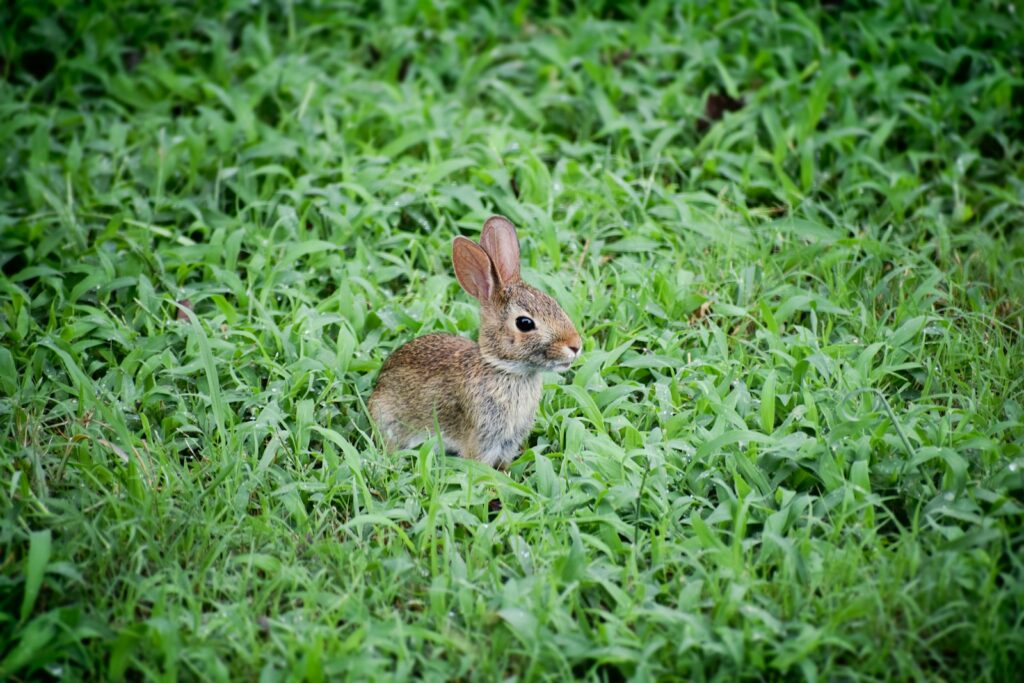
Small mammals have evolved with specific instincts and behaviors that need expression even in captivity. Hamsters are natural burrowers and hoarders, requiring opportunities to dig, store food, and create nests. Guinea pigs are social creatures that benefit from companionship and space to explore. Gerbils love to dig extensive tunnel systems, while mice are curious climbers who appreciate vertical space. Understanding your pet’s specific evolutionary background helps in selecting appropriate enrichment. Physical activity prevents obesity and maintains muscle tone, while mental stimulation prevents boredom and reduces stress. Creating an environment that accommodates these species-specific needs isn’t just compassionate—it’s fundamental to preventing common health and behavioral issues.
Exercise Wheels: Selecting the Safest Options
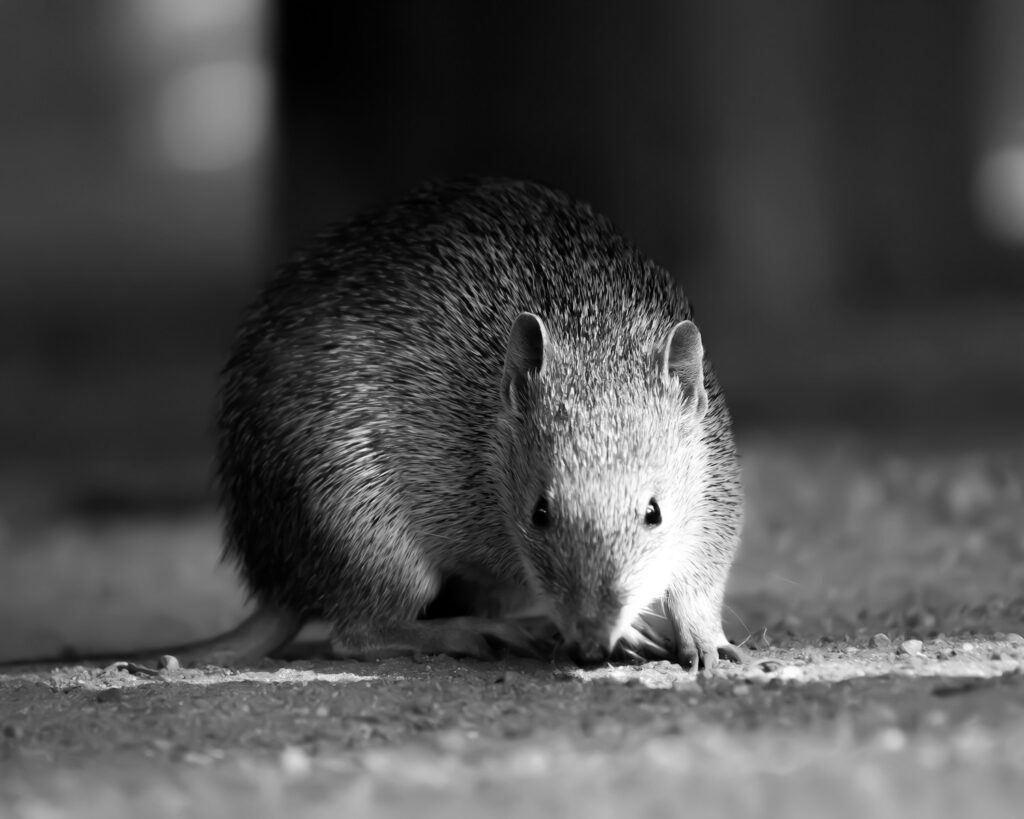
Exercise wheels are staples in many small mammal habitats, but not all wheels are created equal. The ideal wheel should have a solid running surface without gaps or rungs that could trap tiny limbs or tails. For hamsters and mice, the wheel diameter should be at least 8 inches to prevent spinal curvature, while dwarf species may use slightly smaller wheels around 6.5 inches. Silent wheels with ball bearings are preferable as they won’t disturb your sleep and cause less stress to sound-sensitive animals. Cork or wooden surfaces provide better grip than plastic, reducing the risk of slipping and injuries. It’s worth noting that while wheels are excellent for hamsters, gerbils, and mice, they’re not appropriate for guinea pigs or chinchillas whose spines aren’t designed for the running posture wheels require.
Tunnels and Tubes: Creating Complex Pathways
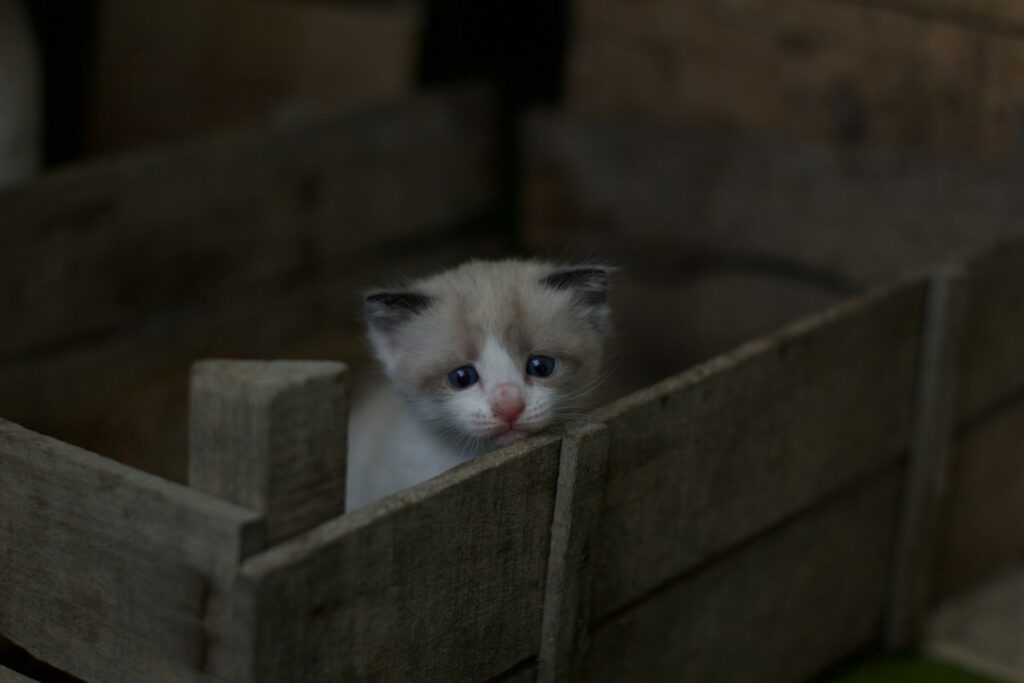
Tunnels and tubes mimic the underground passageways that many small mammals would create in their natural habitats. These systems allow pets to explore, hide, and travel between different areas of their enclosure, satisfying their curiosity and need for security. When selecting tunnels, ensure the diameter is appropriate for your pet’s size—they should be able to turn around comfortably inside without getting stuck. Materials matter significantly; while plastic tubes are easy to clean, they offer poor ventilation and can become dangerously hot in direct sunlight. Cardboard tubes provide excellent chewing opportunities but need regular replacement when soiled. For a more natural setup, bendable wooden or woven grass tunnels offer both enrichment and the opportunity to wear down continuously growing teeth—an important health consideration for rodents.
Foraging Toys: Stimulating Natural Food-Seeking Behaviors

In the wild, small mammals spend significant portions of their day searching for food—an instinct that remains strong in captivity. Foraging toys transform mealtime from a simple consumption activity into a mentally stimulating challenge. Puzzle feeders with compartments that require manipulation to access treats exercise problem-solving skills and extend feeding time. Scatter feeding, where food is hidden throughout bedding or in specific areas of the enclosure, encourages natural digging and searching behaviors. Treat balls that dispense food when rolled combine physical activity with reward-based enrichment. For more advanced enrichment, toys like the “Whimzee” or homemade cardboard puzzles can be stuffed with hay, vegetables, or other safe treats, requiring your pet to work through layers to reach the reward—mimicking the effort required to obtain food in nature.
Chew Toys: Maintaining Dental Health While Playing
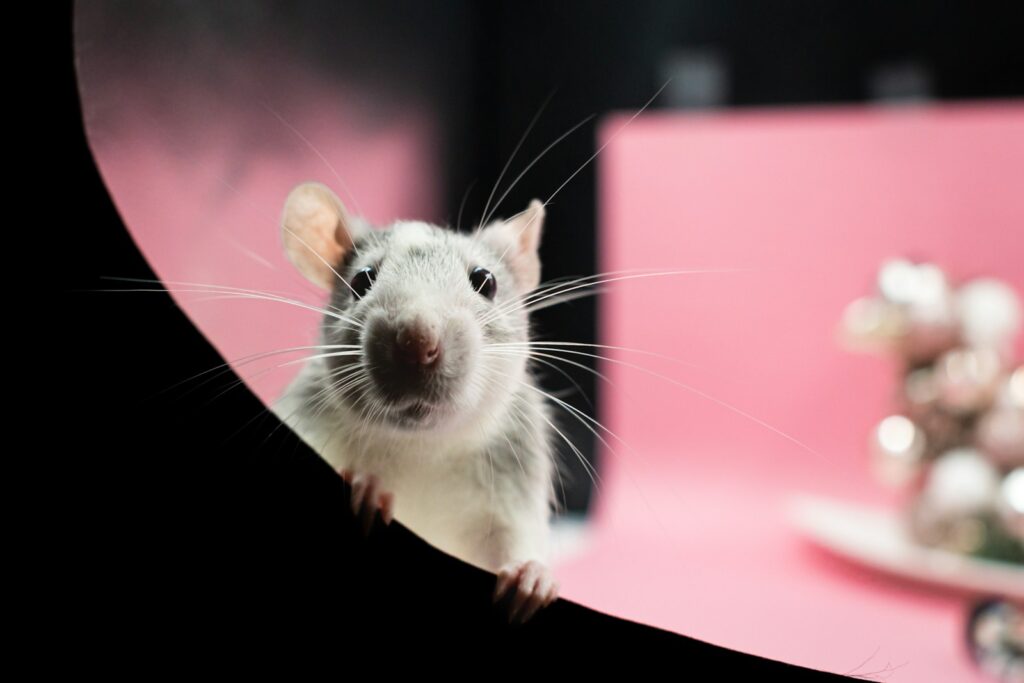
Rodents have teeth that grow continuously throughout their lives, making appropriate chew toys not just enrichment but a health necessity. Without adequate chewing opportunities, teeth can become overgrown, leading to painful malocclusions and difficulty eating. Safe chewing materials include untreated wood blocks, apple or willow branches, loofah pieces, and compressed hay toys. Pumice stones designed for pets help wear down teeth while providing textural variety in the habitat. When selecting wooden toys, ensure they’re made from pet-safe woods like apple, willow, birch, or poplar—never pine, cedar, or treated woods that contain harmful oils or chemicals. Rotating different chew toys keeps interest levels high while addressing various teeth surfaces. For guinea pigs specifically, vitamin C-rich chew toys offer nutritional benefits alongside dental wear.
Climbing Equipment: Vertical Enrichment Solutions
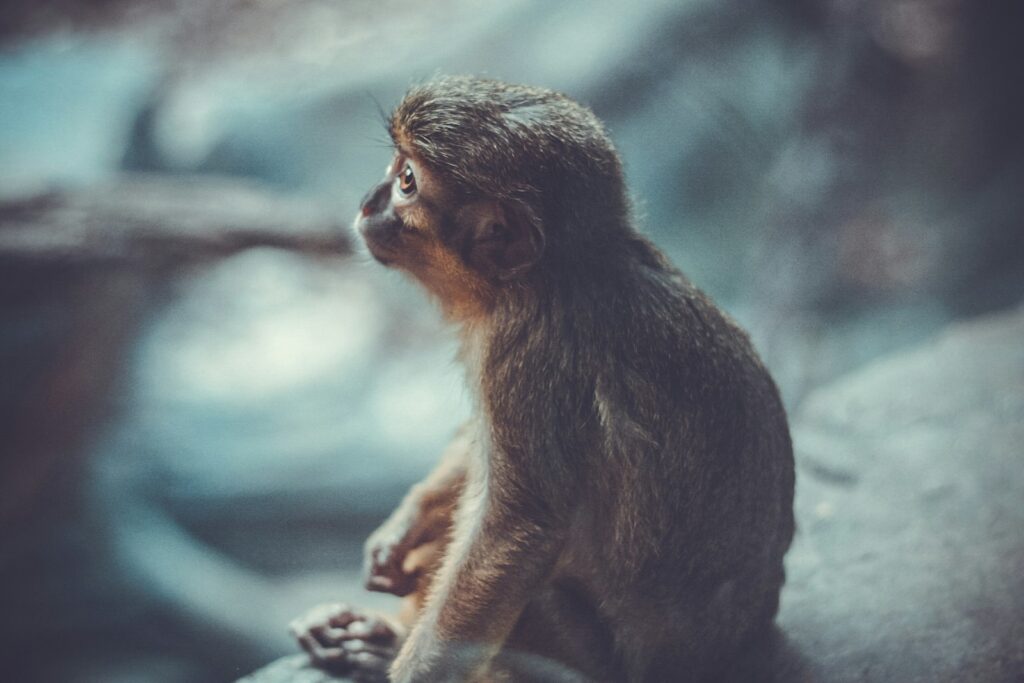
Many small mammals, particularly mice, gerbils, and rats, are natural climbers who benefit tremendously from vertical space and climbing opportunities. Multi-level habitats with ramps, platforms, and hanging toys maximize limited space while providing exercise and exploration options. Rope bridges, ladder systems, and climbing walls made from pet-safe materials add complexity to the environment. When designing climbing features, ensure platforms have adequate guardrails to prevent falls, especially in taller setups. The materials should provide good grip—natural woods, coconut fiber, or sisal rope work excellently for this purpose. For less agile species like guinea pigs, gentle inclines and lower platforms are more appropriate than tall climbing structures. Regular rearrangement of climbing elements maintains novelty and encourages continued exploration and use.
Hideouts and Nesting Materials: Creating Security Zones
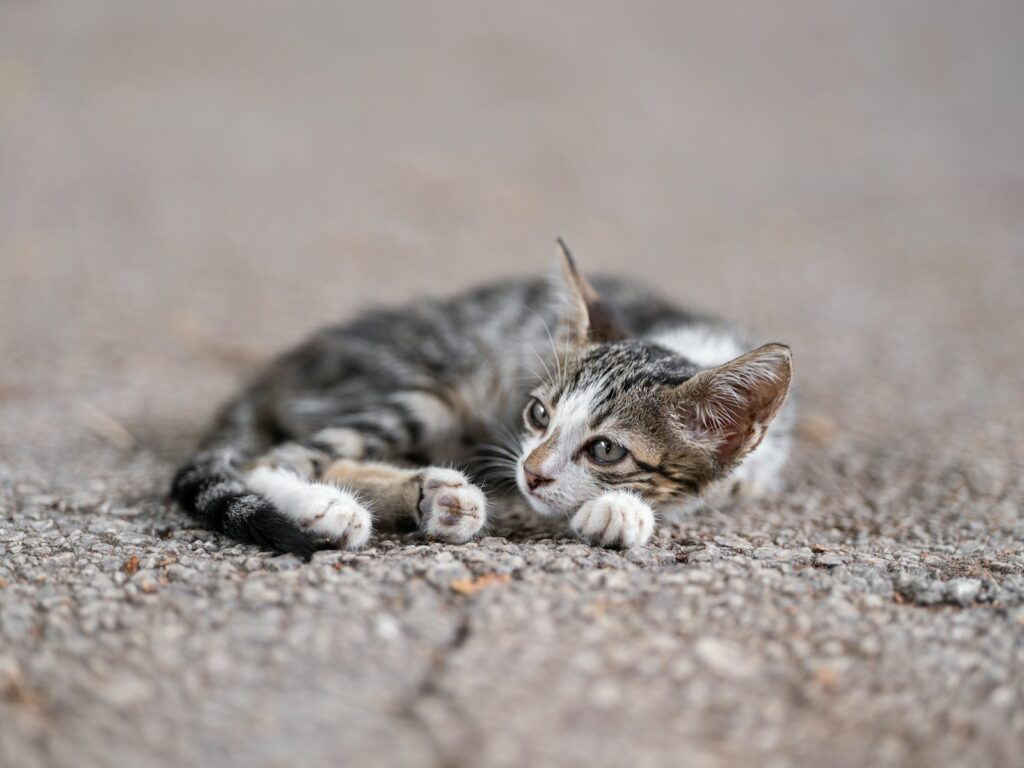
Small prey animals instinctively seek secure places to rest, nest, and retreat when feeling threatened. Providing multiple hideouts throughout the enclosure allows your pet to exhibit natural hiding behaviors while managing stress levels. Ceramic hideouts offer durability and help regulate temperature, while wooden houses provide chewing opportunities alongside shelter. Nesting materials like unscented toilet paper, plain white paper towels, or commercial paper-based bedding allow for nest-building behaviors that are particularly important for pregnant females and species like hamsters. Avoid cotton fluff or fabric materials with loose threads that can cause dangerous intestinal blockages or limb entrapment. For the most naturalistic approach, dried leaves, hay tunnels, and cork bark create hiding places that mimic what these animals would seek in the wild, supporting both physical and psychological comfort.
DIY Enrichment: Budget-Friendly Homemade Options
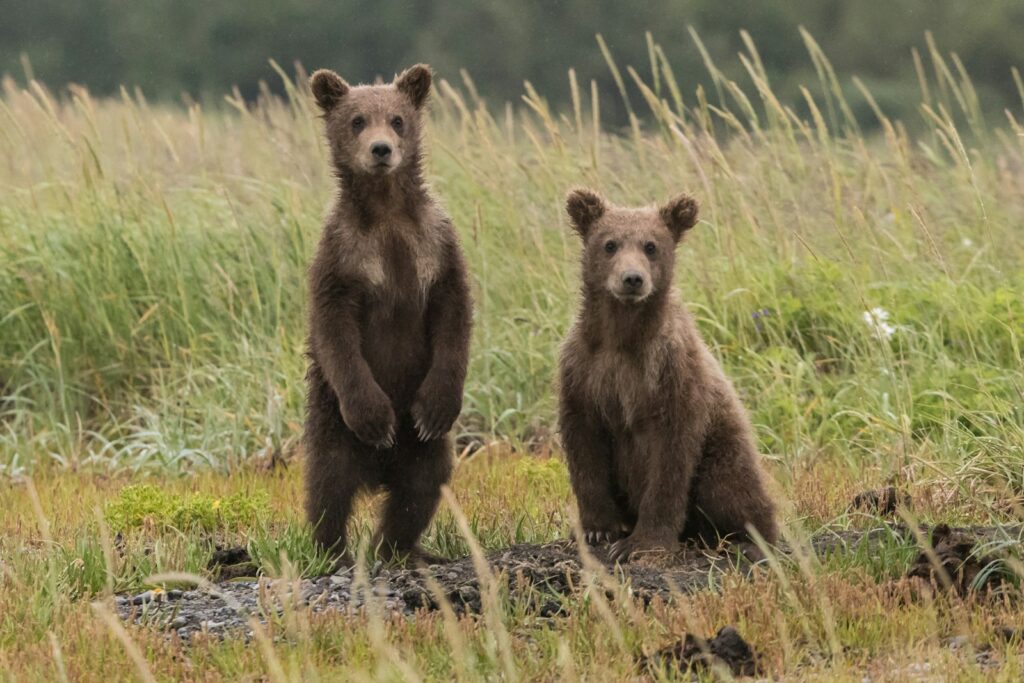
Creating homemade toys allows for customization while being economically sustainable for pet owners. Toilet paper tubes can be transformed into treat dispensers by folding the ends and filling them with hay and healthy snacks. Cardboard boxes become dig boxes when filled with paper bedding, encouraging natural burrowing behaviors. Paper bags filled with bedding create crinkly exploration opportunities that can be safely shredded. Empty tissue boxes with enlarged openings make excellent hideouts that can be replaced when soiled. For more elaborate projects, connecting multiple cardboard boxes with tubes creates maze systems that can be reconfigured regularly to maintain novelty. When crafting DIY toys, always ensure materials are free from harmful adhesives, inks, or treatments, and regularly check for signs of wear that could create ingestion hazards.
Social Enrichment: Companionship Considerations

For social species like guinea pigs, rats, and many gerbils, same-sex companions (or mixed pairs if properly neutered) often provide the most meaningful form of enrichment possible. Social interaction allows for mutual grooming, play, communication, and comfort that no toy can replace. However, species like Syrian hamsters are strictly solitary and will fight if housed together after maturity. When introducing compatible animals, neutral territory and close supervision are essential for successful integration. For solitary species or single pets, human interaction becomes a crucial form of social enrichment. Hand-feeding, gentle handling sessions, and talking softly to your pet build trust while providing stimulation. Some owners even create “playpens” where they can interact with their pets in a controlled environment outside the primary habitat, offering new experiences and bonding opportunities.
Sensory Enrichment: Engaging All Five Senses

Comprehensive enrichment involves stimulating all senses, not just providing physical activity. Olfactory enrichment can include rotating bedding materials with different natural scents like lavender or chamomile (in small amounts), or introducing novel but safe plants into the habitat. Auditory enrichment should be approached cautiously as small mammals have sensitive hearing—gentle classical music has been shown to reduce stress in some rodents, while loud or sudden noises can be terrifying. Visual enrichment might include repositioning the habitat to provide new views or introducing moving toys that stimulate tracking behaviors. Tactile diversity comes from offering various substrates—sections with paper bedding, others with hay, cork pieces, or smooth stones provide textural variety that encourages exploration. Taste enrichment involves rotating safe treats and foods with different flavors and textures, encouraging discrimination and preference development.
Habitat Design: Creating Enrichment Zones
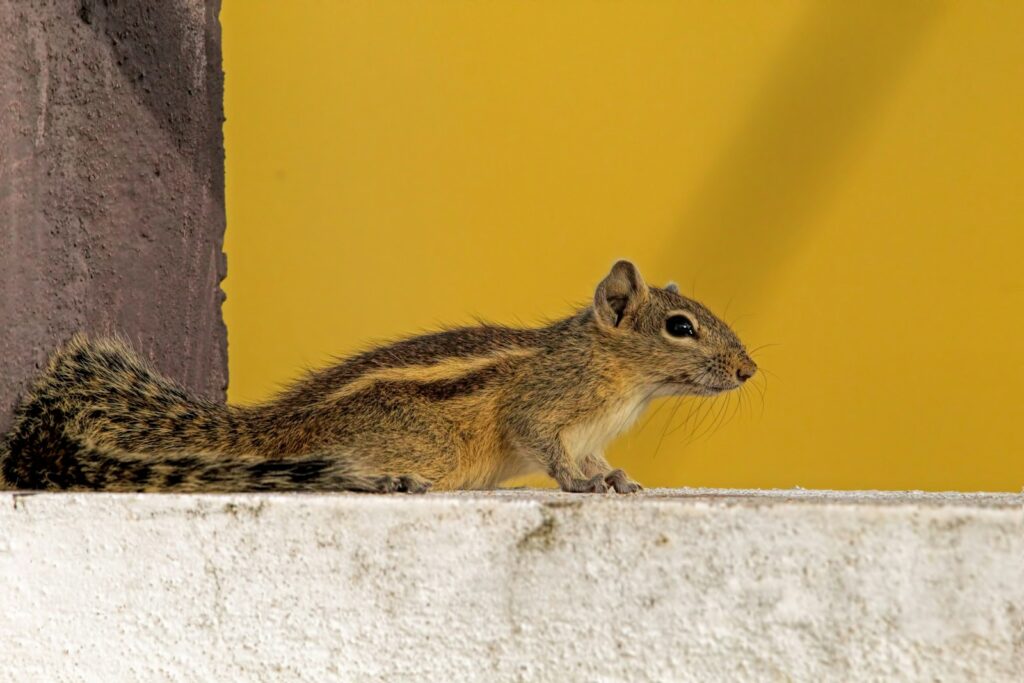
An enriching habitat goes beyond simply placing toys in a cage—it involves thoughtful design with distinct functional areas. Creating separate zones for sleeping, eating, exercising, and toileting helps maintain cleanliness while supporting natural behaviors. The sleeping area should be quiet and contain hideouts with appropriate bedding materials for nesting. Feeding zones might contain foraging toys, puzzle feeders, and food dishes, while exercise areas should have wheels, climbing equipment, or open space for running. Many small mammals naturally designate toilet areas, which can be leveraged by placing litter trays in corners they frequently use. Some owners implement seasonal changes to habitat setups, providing more burrowing opportunities in “winter” months and more open exploration in “summer” months. This zoning approach not only maximizes space utilization but creates a more stimulating, naturalistic environment that better meets behavioral needs.
Rotation and Novelty: Maintaining Engagement
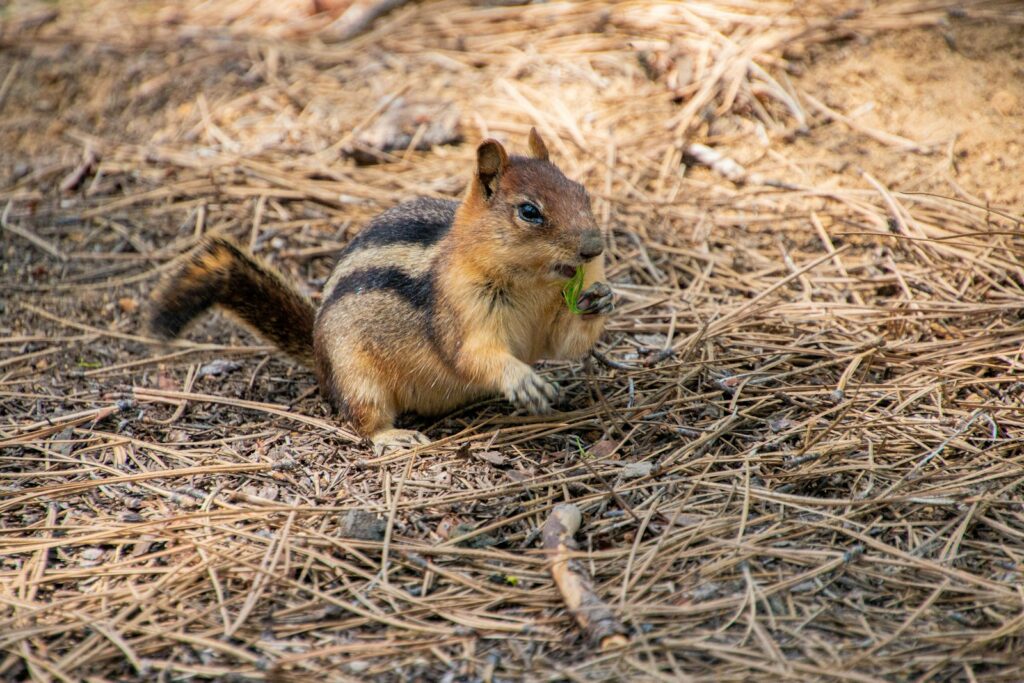
Even the most engaging toys eventually become familiar, potentially losing their enrichment value over time. Implementing a rotation system where toys are regularly swapped out prevents habituation and maintains curiosity. Keep several sets of toys and alternate them weekly or biweekly, allowing sufficient time for toys to become “new” again when reintroduced. Small changes to the habitat layout, such as rearranging tunnels or relocating hideouts, create novel experiences without causing undue stress. Seasonal enrichment that introduces new materials reflecting natural changes—like extra bedding in winter months or cooling stones in summer—adds another dimension of variety. Special “enrichment days” where you introduce particularly exciting or food-based toys can become anticipated events that break the routine. This approach to novelty must balance stimulation with stability—too much change can be stressful, while too little leads to boredom.
Safety Considerations for Small Mammal Toys
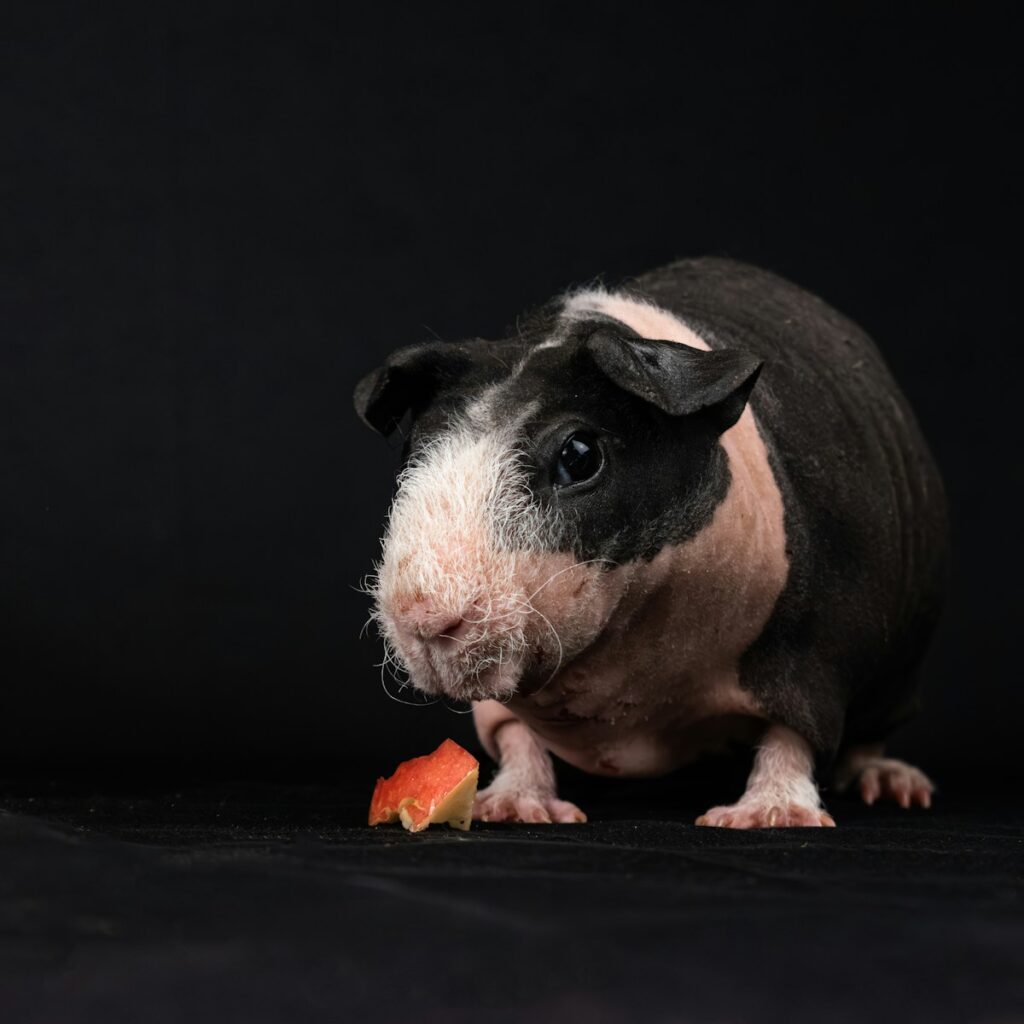
Safety must always be the primary consideration when selecting enrichment items for vulnerable small pets. Regularly inspect toys for chewed pieces, sharp edges, or detachable parts that could cause injury or intestinal blockage if ingested. Avoid any items with small gaps where toes, limbs, or heads might become trapped—a particular risk with wire mesh toys or certain exercise balls. Materials should be non-toxic and free from harmful chemicals, paints, or treatments; natural untreated woods and plant-based fibers are generally safest. Be cautious with strings or threads that can wrap around limbs or necks, potentially cutting off circulation. Size appropriateness matters significantly—toys should neither be so small they pose choking hazards nor so large they intimidate or prevent proper use. When introducing new items, monitor your pet’s interaction closely during the first sessions to ensure they’re engaging safely before leaving the toy for unsupervised use.
Conclusion

Providing appropriate toys and enrichment for mini mammals represents an ongoing commitment to their physical and psychological wellbeing. By understanding species-specific needs and offering a thoughtfully designed habitat with varied activities, you create an environment where your small pet can express natural behaviors, stay physically fit, and maintain mental acuity. Remember that the best enrichment programs combine different types of stimulation—physical, sensory, social, and cognitive—while maintaining safety as the top priority. Your small pet may occupy minimal space in your home, but with proper enrichment, they can live a maximally fulfilling life that honors their natural instincts and capabilities.



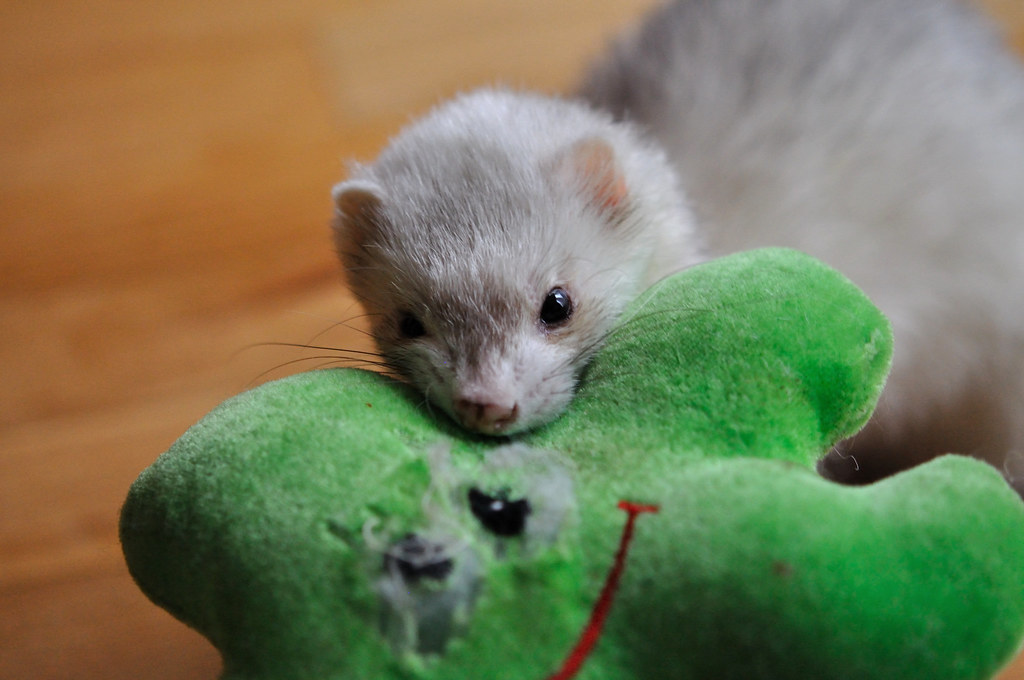
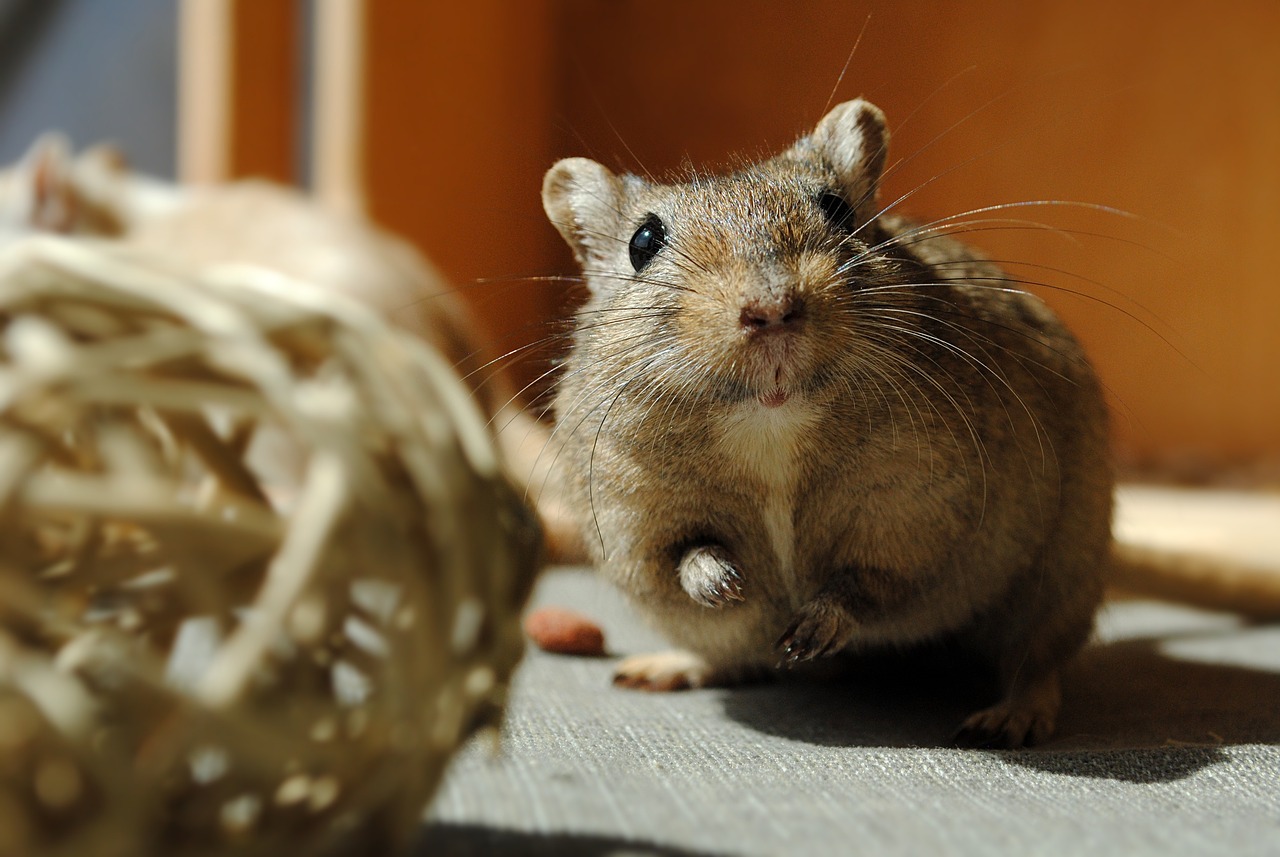


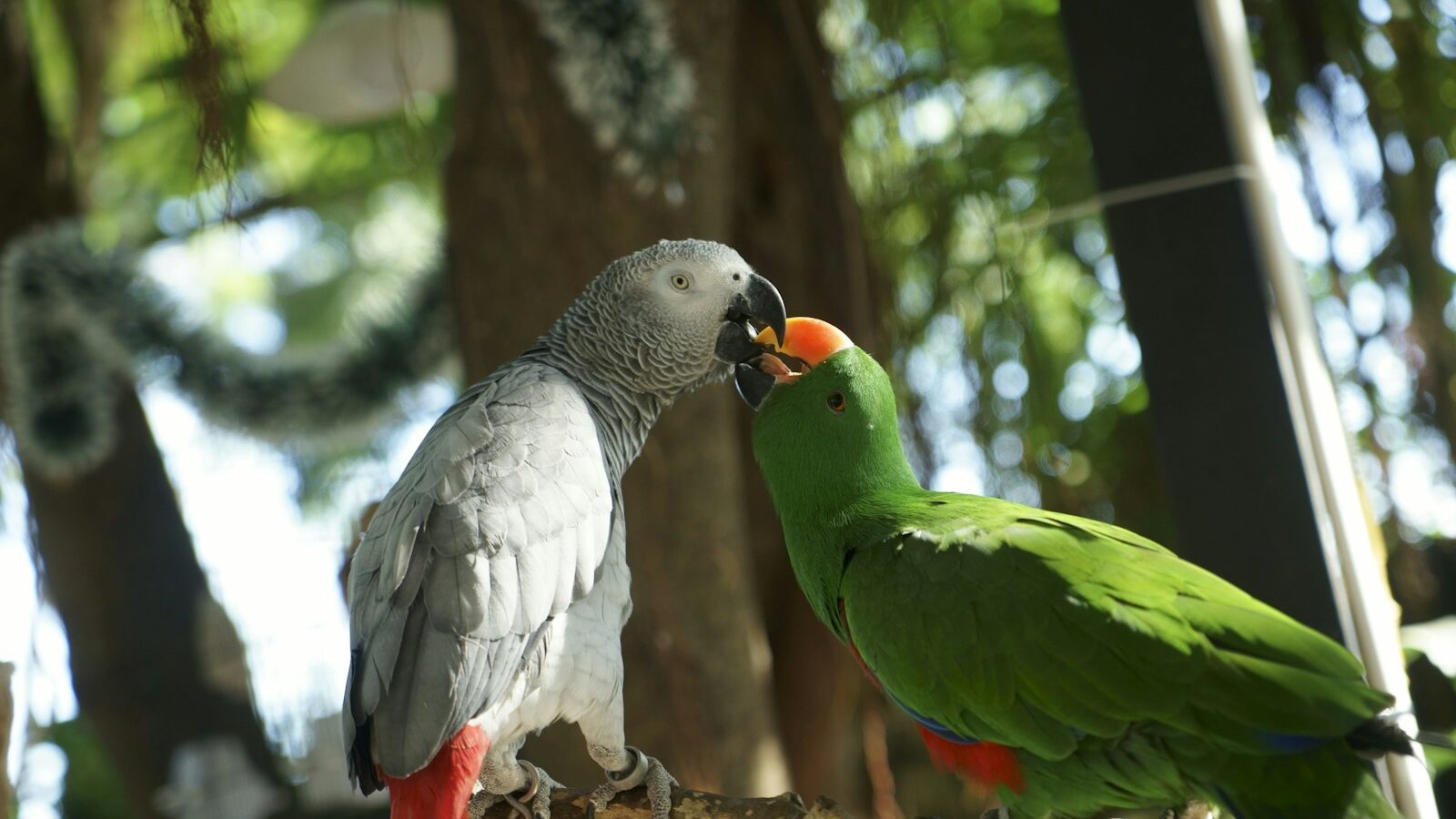


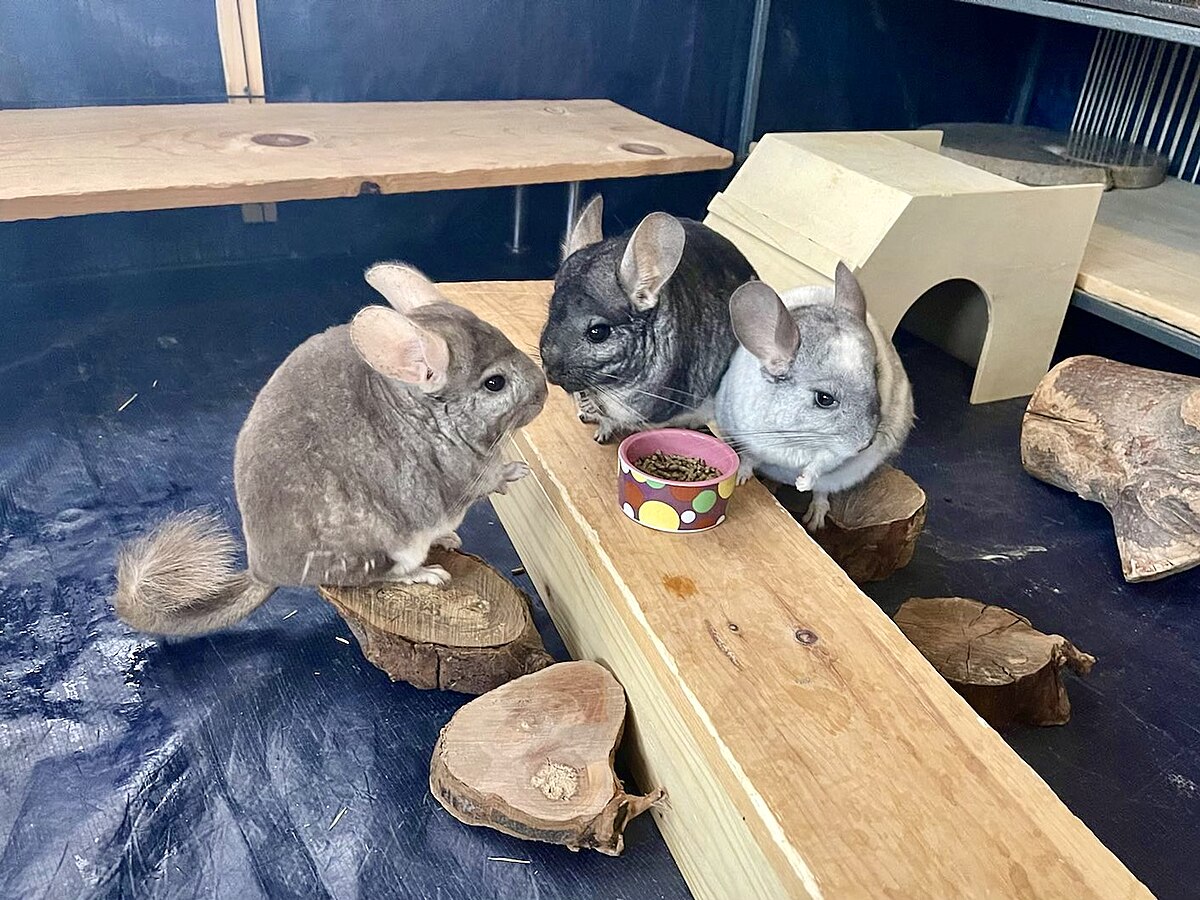
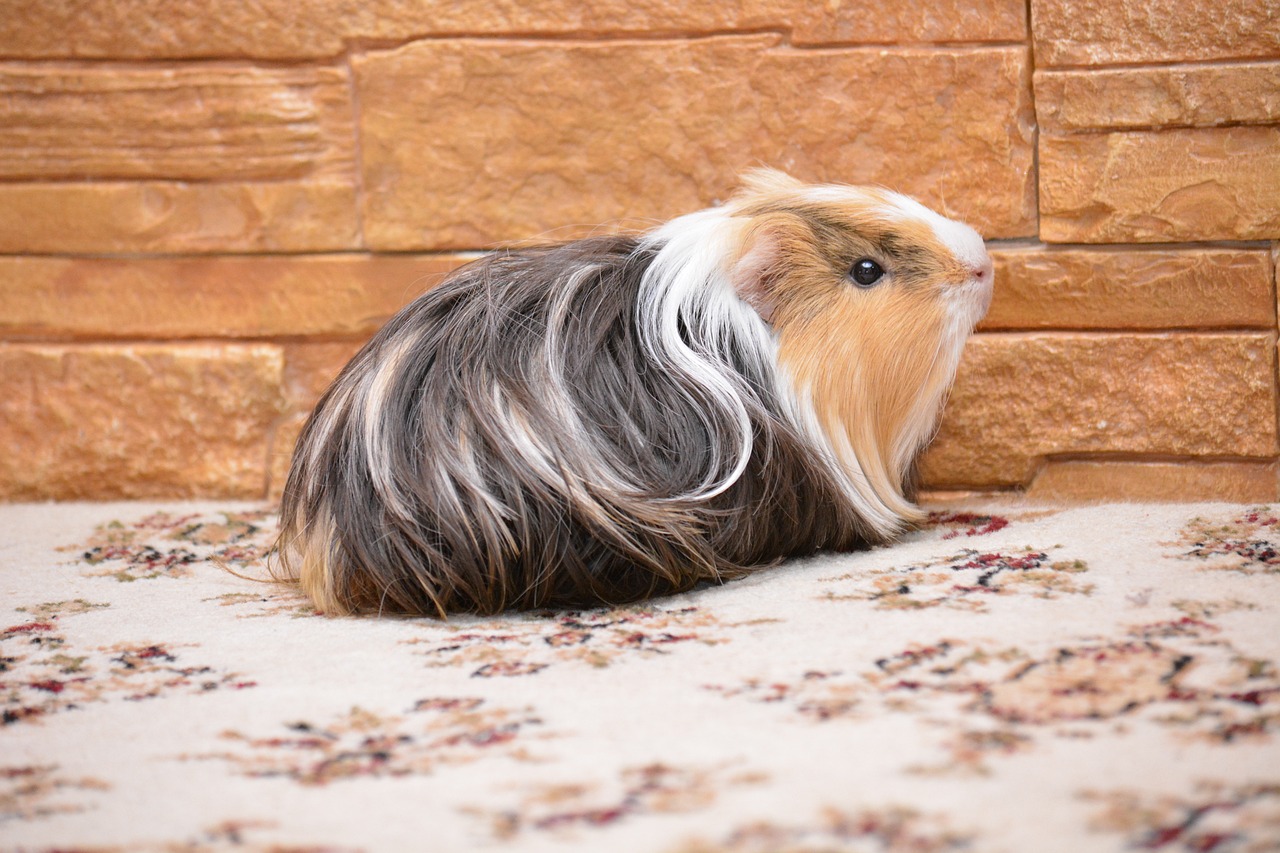



Leave a Reply